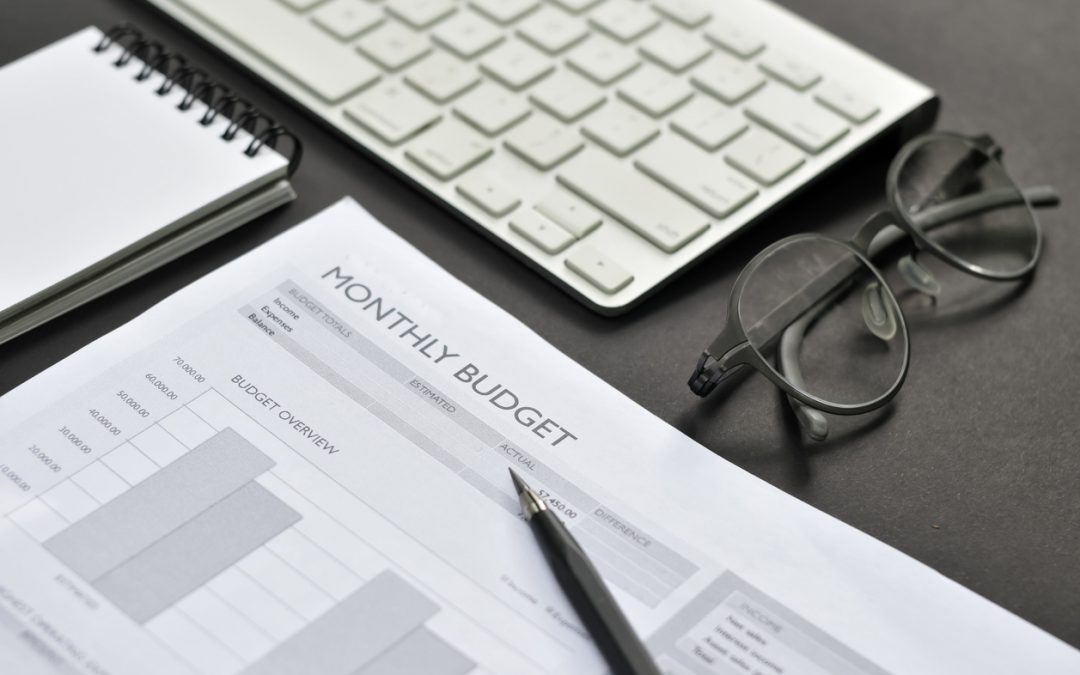You’ve done the hard work of creating a budget and resolved to stick to your limits. You got some software, laid out your income and expenses, and divvied up your money into expense categories.
But months later, you find that you are falling back into old habits and no longer following the budget constraints you set for yourself. What happened?
Sticking to a budget is tough for many people — especially when doing so involves having to make a lot of lifestyle changes.
Let’s look at some common problems and see how to get back on track and move ahead toward your financial goals.
Problem: Your budget limits don’t fit your lifestyle.
If you’re constantly going past your budget, it’s possible that you don’t have a realistic idea of what you actually need. An unrealistic budget is as useless as no budget at all — it’s impossible to stick to your limits, so you will frequently give yourself permission to overspend.
Solution: Have an honest and objective look at your financial picture.
There are lots of resources available to help you monitor your spending and give you a realistic snapshot of monthly expenditures. Your bank may have software, which would be ideal, but if not, there are also online resources.
Mint is a popular one, and it’s free. All you have to do is link your accounts. The service will track your spending, send you reports, and help you better understand your finances.
Once you see how much you actually spend in each category, you can use that information to figure out where you can make realistic budget limits.
Problem: You aren’t paying your bills on time.
Forgetting to pay your bills can result in late fees and, in some cases, affect your credit score. Unless you have an organized, fail-safe system to keep all of your bills and due dates straight, trying to keep track of bills through email and snail mail is a recipe for disaster.
Solution: Set up autopay.
Do yourself a favor and set up autopay for all of your bills. Autopay will automatically deduct the minimum payment (or more, if you want) on or a few days before the bill’s due date.
If you are worried about overdrawing, contact the companies and ask them to change your due dates to payday.
Problem: Food is hard to budget for.
Since most people purchase food in small amounts daily, thinking of a food budget in monthly terms can be challenging.
A single $15 restaurant meal doesn’t sound like much, but multiple trips can add up, and suddenly your monthly food budget is blown in a week.
Also, social events often involve food, so if you want to see your friends, that sometimes means agreeing to happy hours and dinners out.
Solution: Think of food in terms of daily budget limits, not monthly.
Divide your monthly food bill by the number of days in the month to get your daily food budget limit.
If going to a restaurant causes you to go over your daily allotment, just know that someday soon, you will have to go under your daily budget in order to stay balanced. One or two leftover nights should do the trick.
When possible, make cooking at home your default. It’s more affordable and, it turns out, healthier!
Problem: You are depriving yourself too much.
Depriving yourself of any discretionary spending can end up backfiring — you’ll feel deprived, rebel against your own budget constraints, and buy what you want anyway. And who could blame you? Nobody likes feeling as if all their hard-earned money goes solely to bills and they have no freedom to spend whatsoever.
Solution: Ease up! Build discretionary spending into your budget.
Make a category for discretionary spending and assign a reasonable amount for a budget limit. When the funds in that category are gone, they’re gone, but until then, they’re yours to do with what you will!
The bottom line
In general, if you find yourself straying from your budget constraints, ask yourself what happened and what you can do better next time.
Viewing money troubles in objective, problem-solving terms can help you overcome unhealthy habits and set the groundwork for a better financial future!




